Die Cutting Explained
You may well encounter various products that can be die-cut to a custom shape. But what does that mean? And more importantly, how can it help you create the perfect printed product? Read on to learn all about die cutting…
What is Die Cutting
To begin the process, your design is printed on a square or rectangular sheet of material, such as paper or cardstock. The printed sheet is then placed in a machine that is loaded with a custom-made die or punch block. This die or punch block is typically made of wood and features a metal blade that has been bent and folded into the desired shape for your printed notepads.
Once the printed sheet and the die are in the machine, they are pressed together, and the blade of the die cuts out the shape of the design into the material in a matter of seconds. This process allows for precision cutting and consistent shapes, making it an ideal option for creating printed notepads and other printed products that require uniformity in shape and size.
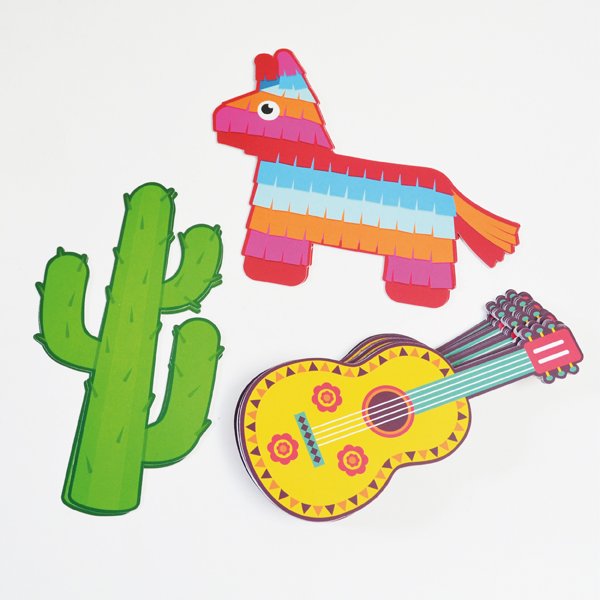
Die cutting is for more than just eye catching custom shaped flyers however, it also helps create the more functional aspects of printed products such as pockets and flaps on folders and boxes plus the curves, circles and intricate interlocking elements on our speciality print.
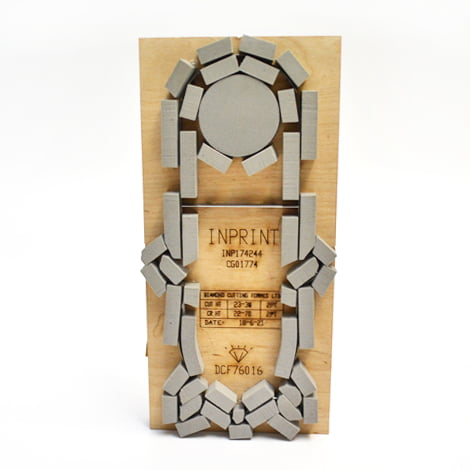
Die cut block
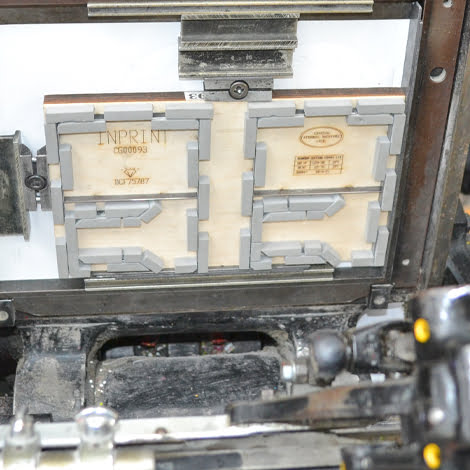
Block mounted on platten
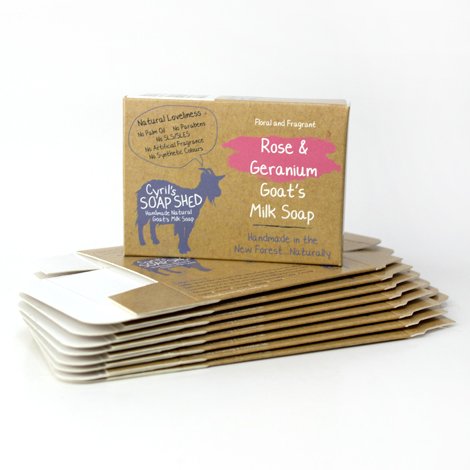
Custom cut boxes
Why is die-cutting beneficial?
Using die-cutting technique enables you to quickly produce your desired shape all at once, without relying on a digital cutter to laboriously navigate through every curve and corner. With the use of a die, you can repeatedly manufacture hundreds of identical custom-shaped products. This is particularly useful when creating printed notepads, where a unique shape can add visual interest and distinctiveness.
Which materials can be die-cut?
The “punch-out” style of cutting utilized in die-cutting is best suited for cutting low-strength materials, such as paper and cardstock. To achieve optimal results, the minimum paper weight that can be die-cut is 170gsm (approximately 140micron), while the maximum is 500gsm (approximately 600micron). Microns are a unit of measurement for thickness that are equivalent to one-thousandth of a millimeter. When producing printed notepads with die-cutting, it’s important to keep these weight and thickness restrictions in mind to ensure that your product is of high quality.
What about foamboard, correx and dibond?
When dealing with heavier weight and larger format materials, the use of digital die-cutting is necessary. Unlike traditional die-cutting, digital cutting uses a blade that follows a pre-programmed path on a computer to create the desired shape.
A digital cutting machine comprises a flat table area and an arm with cutting, milling, and scoring attachments. The arm enables the blade to move in all directions, including left, right, forward, and backward.
To use the digital cutting machine, the printed sheet is positioned on the table, and the blade moves across the sheet following the programmed path to cut out the required shape. This method of cutting is particularly useful when dealing with large format printed notepads or other materials that are too heavy for traditional die-cutting.
Digital die cut paper and card
Thanks to technological advancements, it is now possible to create high-quality “die free” cutting on a variety of paper and cardstock weights, including those used in printed notepads. This approach offers the benefit of reduced production costs and times, as it eliminates the need for expensive die blocks.
While digital die cutting cannot match the output volume of traditional die cutting methods, it is an excellent choice for lower print runs or when creating prototypes for larger die cutting formes. This makes it an ideal option for producing custom-shaped printed notepads, as it allows for precise and efficient cutting without compromising on quality.
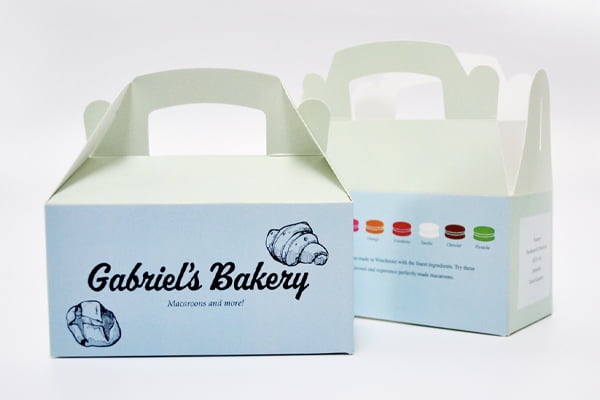
Digitally cut cake box
If you have any more questions about die cutting, traditional or digital call us on 023 8087 8037 or email us.